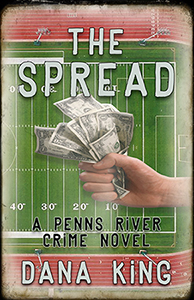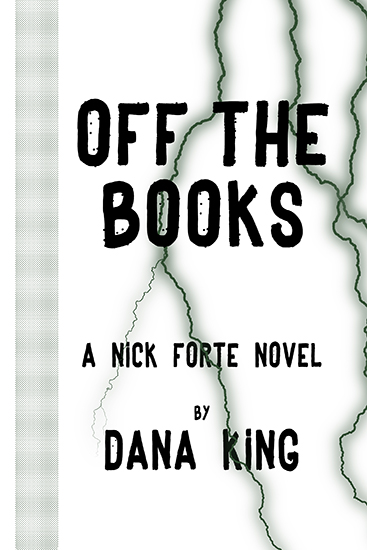Violence against women has been in
the news lately. Not that it’s new; men have likely been abusing women since before
there was language to describe it. A lot of frustration and anger overflowed
its dam after the Harvey Weinstein revelations, which were revelations only to
those outside of Hollywood, where Weinstein’s predatory behavior was an open
secret, making a bad situation even worse.
This is a writing blog, so I’m not
going to discuss the Right or Wrong or the politics of it. Franky, I don’t see what
there is to discuss in the Right vs. Wrong arena, which means I don’t understand
why it’s a political issue at all, but that’s me. We’re still not going there.
But this is a writing blog, and writers have things to answer for here. I’m
not talking about any sexual transgressions writers may have committed
themselves, though I’m sure there are many. I’m talking about our attitudes
toward it, and there’s no way to discuss that without discussing the attitudes
of readers.
Placing a woman in jeopardy is a
quick and easy way to ratchet up tension in a story, as women are the more
vulnerable members of society. (Children and the elderly even more so, but they
are so vulnerable writers go there at
their own risk.) It’s an effective and legitimate technique when used in
moderation and as an organic part of the story. Women are in jeopardy. A lot. To ignore this fact is to write unrealistic
fiction.
The problem comes when the author
too often uses a threatened woman in this manner, or reaches outside the
logical construct of the story to do it. Then it’s cheating. There are many
other ways to create tension, but you have to work a little more than if you
just tie Pauline to the railroad tracks and fire up the engine. To consider it acceptable
as a routine device to get readers—or viewers—on the edges of their seats is a
tacit acknowledgement that it’s accepted in society, or we wouldn’t see it so
much relative to the use of children, the elderly, or pets. (Dear God, don’t
hurt a pet.)
I’ve written two books where
violence against women—or the threat of it—were the focus. A Dangerous Lesson was my serial killer novel and I’ll never write
another. I was noodling around with an idea I won’t describe here because it
gives away the ending and I know several of you haven’t read the book yet, and
having a serial killer made sense. I’m not fan of serial killer stories, but I
was curious as a writer, so I went for it. I think the book works for what it
is, but it is my least favorite.
The current book, Bad Samaritan, deals with crimes against
women in two different ways. Soccer mom Becky Tuttle is also steamy romance
writer Desiree d’Arnaud. Becky goes to extraordinary lengths to keep her
personas separate, even hiring an actress to make personal appearances as
Desiree. Still, someone figures out her ruse and sends letters that, while not
overtly threatening, are certainly disconcerting, if only because he knows who
she is and where she lives.
Researching Bad Sam led me to the primary apologists for crimes against women,
men’s rights advocates. While I was uncomfortable writing A Dangerous Lesson I felt like I needed a shower every time I spent
more than twenty minutes looking into these evolutionary cul-de-sac degenerate
motherfuckers. (Feel free to pass that along. Any day one of them has a harsh
word to say about me is a good one.)
As the father of a daughter I
became much more sensitive to the multiple threats women face about 27 years
ago. Researching the MRAs brought the lesson home. The recent #metoo revelations are the icing on the
shitcake. If authors want to be taken seriously as coming down against such
behavior they must be sure not to risk normalizing it. If you’re going to place
a woman in danger, don’t do it just because she’s a woman. Make her someone
another character decided needed to go, like any man might be. If you are going
to place her in jeopardy solely because of her gender, do it for a reason other
than cheap suspense. Give your readers something disturbing to think about after
they finish the book.
Readers are not blameless. These
things get written because publishers know people will read them. If you would
not want to see a woman terrorized then don’t read about it just for the
“entertainment” value. It says something about you, and what it says isn’t
flattering.


No comments:
Post a Comment